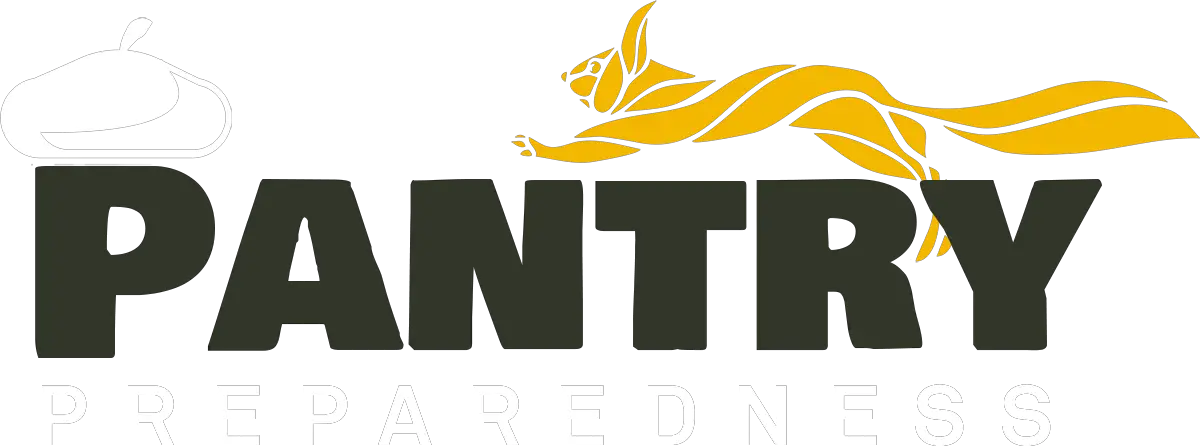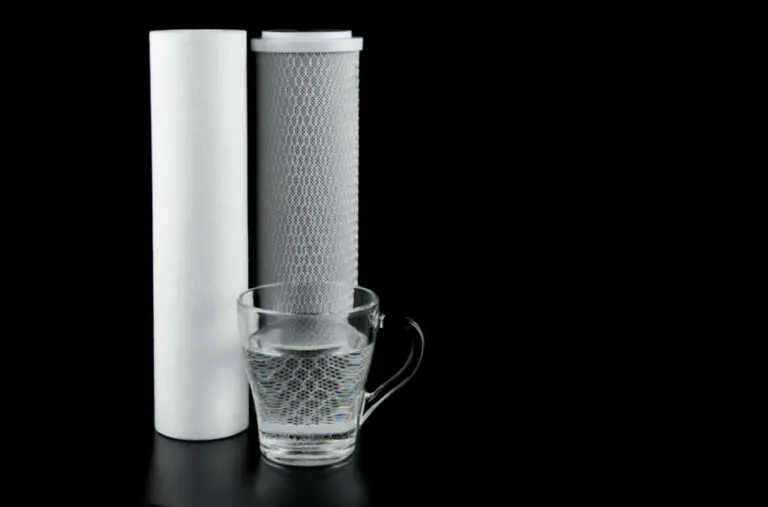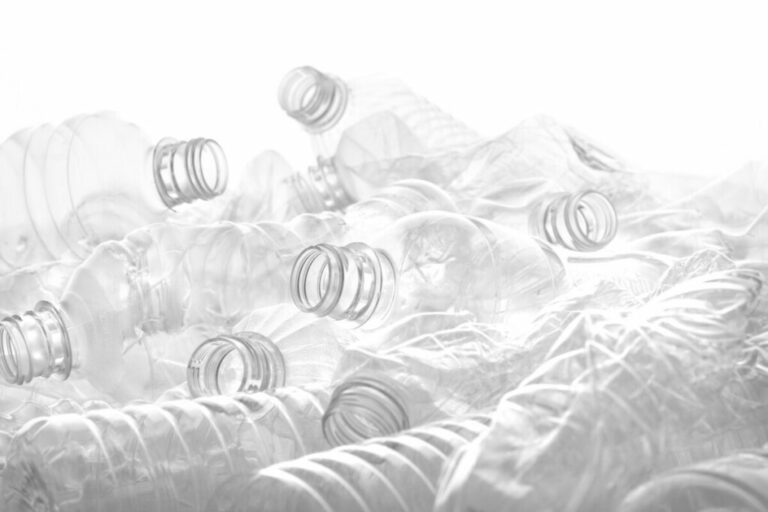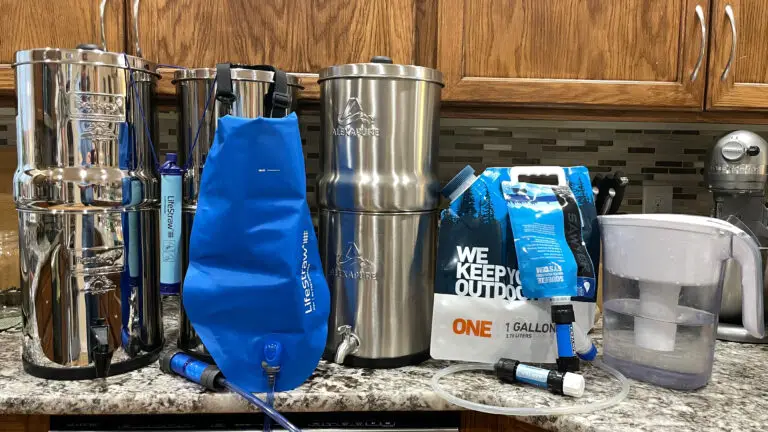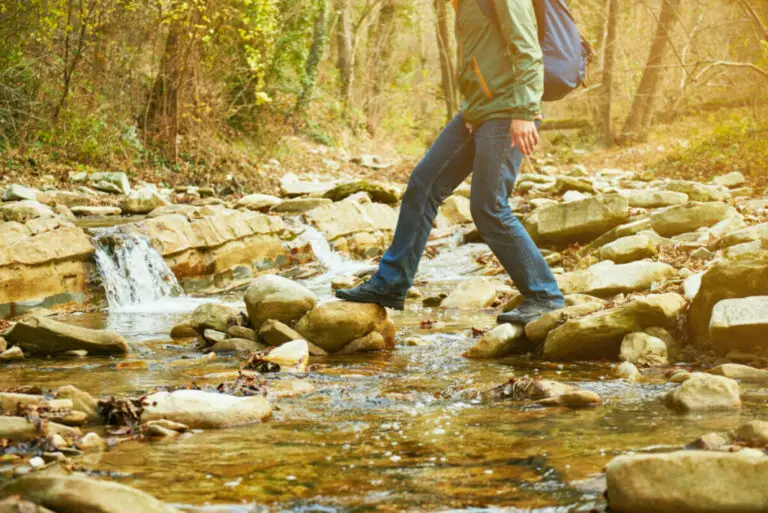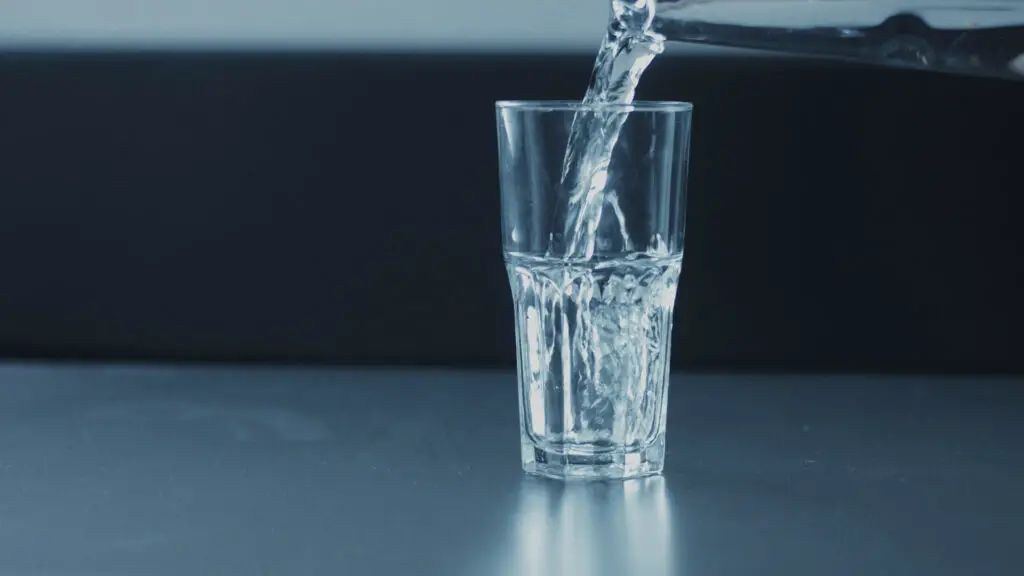
Water is a fundamental resource necessary for our survival, and during emergencies, its conservation becomes even more critical. Whether facing natural disasters, infrastructure failures, or unforeseen circumstances, knowing how to conserve water can make a significant difference. Below, I have listed 9 ways to conserve water during an emergency, so keep reading.
1. Take Sponge Baths instead of Showers
Showers, even short ones, use up a lot of water. To conserve water during an emergency, avoid taking showers. Instead, warm up some water and put it into a basin so you can take a sponge bath. You can also simply close the drain of the bathtub if you have a combined bathtub and shower.
Avoid showering every day as well. While not showering may seem gross, you likely won’t be extremely worried about hygiene during an emergency. That isn’t to say that you shouldn’t shower when you need to. Simply consider showering every 2-3 days instead of every day.
If you don’t want to take sponge baths, turn off the water while you are washing your hair and body. Instead, get your hair and body wet, wash your hair, wash your body, then rinse everything off in one fell swoop.
2. Collect Rainwater
Collecting rainwater is a simple yet effective thing you can do to conserve water during an emergency. It also allows you to utilize a readily available natural resource. Rainwater harvesting allows you to capture and store water that would otherwise go to waste, making it an environmentally friendly and sustainable practice.
To collect rainwater, you can use various methods and containers depending on your needs and the availability of resources. One popular option is to set up rain barrels or large storage tanks and connect them to your downspouts or gutters. These containers can collect rainwater directly from the roof, preventing it from running off into the ground.
Before setting up your rainwater collection system, ensure that the containers are clean and suitable for storing water. Use food-grade barrels or tanks specifically designed for water storage to maintain water quality and prevent contamination. It’s also recommended to cover the containers to prevent debris, insects, or small animals from entering the container.
When it rains, the collected rainwater can be used for various purposes depending on your needs. It is suitable for non-potable uses such as watering plants, washing outdoor items, or flushing toilets. However, it’s important to note that collected rainwater is not typically considered safe to drink without proper treatment.
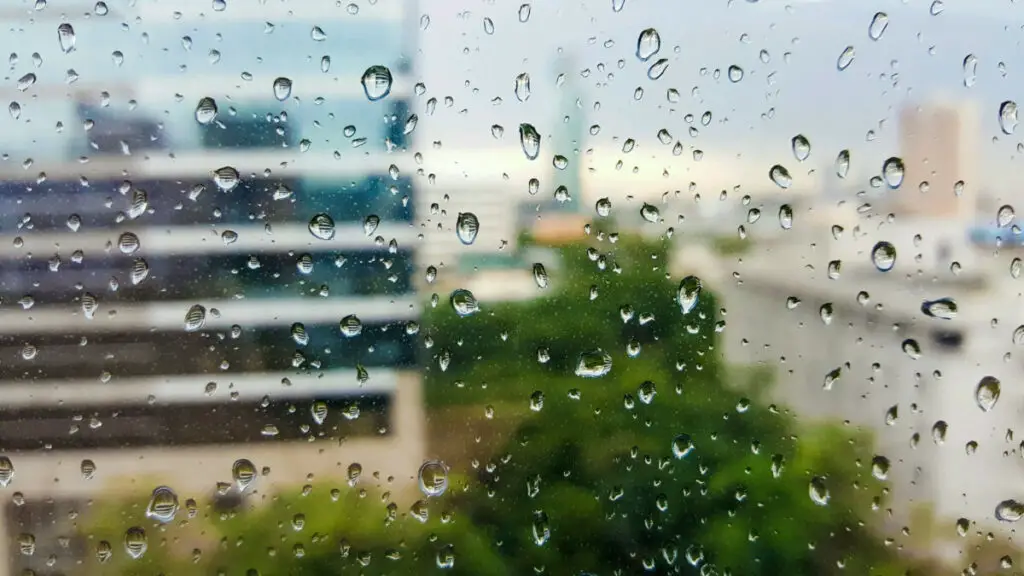
If you intend to use rainwater for drinking purposes, invest in a comprehensive rainwater filtration and purification system. These systems can remove contaminants and pathogens and will ensure that the water will be safe for consumption. Alternatively, you can treat the rainwater with water purification tablets or boil it before drinking.
Collecting rainwater not only helps conserve water during emergencies but also reduces reliance on municipal water supplies, particularly in times when water availability may be limited or compromised. It promotes self-sufficiency and allows you to utilize a free and sustainable water source.
Moreover, rainwater harvesting is an environmentally friendly practice that reduces stormwater runoff and the strain on local water systems. By collecting rainwater, you contribute to the conservation of water resources and help mitigate the impact of droughts or water shortages in your community.
Rainwater collection is a practical and eco-conscious method to conserve water during an emergency. By implementing a rainwater harvesting system, you can make the most of nature’s gift, reduce your water usage, and promote sustainability. Remember to adhere to local regulations and guidelines regarding rainwater harvesting
3. Use Water-Saving Devices
During an emergency, utilizing water-saving devices can play a significant role in conserving water and maximizing its efficiency. These devices are designed to minimize water consumption without compromising functionality or convenience. By incorporating water-saving devices into your daily routines, you can make a meaningful impact on water conservation efforts.
One essential water-saving device is a low-flow showerhead. These showerheads restrict water flow while maintaining adequate water pressure, resulting in reduced water usage during showers. By replacing traditional showerheads with low-flow alternatives, you can save a substantial amount of water without sacrificing your shower experience.
Another water-saving device to consider is a faucet aerator. Faucet aerators attach to the end of faucets and introduce air into the water stream, reducing the amount of water used while maintaining a steady flow. They are inexpensive, easy to install, and can significantly reduce water consumption in places like your bathroom and kitchen sinks.
Toilet flushing accounts for a significant portion of household water usage. By installing a dual-flush toilet or a toilet tank bank, you can effectively reduce water waste. Dual-flush toilets offer the option of a full flush for solid waste and a reduced flush for liquid waste, providing flexibility and water savings. Toilet tank banks displace water in the tank, reducing the volume of water used per flush.
Furthermore, consider using water-efficient appliances such as dishwashers and washing machines with high energy star ratings. These appliances are designed to optimize water usage during their respective functions. By investing in water-efficient appliances, you can contribute to water conservation efforts in your household.
Implementing water-saving devices not only reduces water consumption but also has the potential to lower utility bills, making it a cost-effective choice. By conserving water during emergencies, you ensure that the available supply lasts longer, benefiting both you and your community.
Incorporating water-saving devices into your home is a simple and effective way to make a positive impact on water conservation efforts. By reducing water waste without compromising functionality or comfort, you can play a part in preserving this vital resource.
4. Fix Leaks
People who are concerned about possible future droughts, earthquakes, fires, and other disasters can prepare for them in useful and affordable ways. It is advised that people safeguard the water in the home by making sure there aren’t any leaks in their plumbing.
For instance, look out for sprinklers in the front or backyard that are spilling a surplus of water into the street. Make sure the sink faucets in your home don’t drip when the faucet is turned off. Double-check if the toilet is leaking by putting a few drops of food coloring in the toilet tank. If it gets into the toilet bowl when you aren’t flushing the toilet, the toilet is leaking. Leaks should be fixed as soon as possible to ensure that water isn’t needlessly wasted.
5. Stop Using Water for Less Important Things
During an emergency, consider not using water for things that aren’t extremely important. For example, don’t use your water supply to run the garbage disposal or water your lawn.
When using a garbage disposal, you waste a lot of water because to make it run smoothly, it is recommended to run the sink while the garbage disposal is on. Instead, put fruit and vegetable biodegradable remains in a compost bin or in the trash so it doesn’t clog up the sink.
6. Brush Your Teeth in a Smart Way

When brushing your teeth, turn off the water so it doesn’t get wasted. After brushing your teeth, use a glass of water instead of your toothbrush to remove the toothpaste residue. By remembering to not leave the water on and rinsing your mouth out with a cup of water, tons of water can be saved during an emergency situation.
If you want to conserve even more water and brush your teeth in an environmentally-friendly way, consider using toothpaste tablets instead of traditional toothpaste. Most toothpaste tablets don’t need to be exposed to water in order to work, which will allow you to save even more water.
7. Don’t Waste Water for Temperature Reasons
During an emergency, if you want to conserve water, don’t let the faucet run until the water gets to the temperature you want it to be. While it may be tempting to wait until the water is warm to wash your hands, don’t. Just wash your hands with cold water. If you do choose to run the faucet until the water is at an ideal temperature, collect the water so you can use it in other ways.
When putting water in a pot to boil, if the water comes out cold, don’t wait until it is warm to put it into the pot. While it may take longer for the cold water to boil, not waiting will allow you to save a lot of water.
8. Wash Dishes in a Smart Way
Before and after an emergency, people can conserve water by pre-washing dishes with as little water as possible before loading them into an automatic dishwasher. Along with this practice, don’t use running water while rinsing off dishes or utensils. Instead, put water into a stopped sink and use it to rinse off all plates, bowls, and other dishes. You can even make it so half of your sink is full of dirty water and the other half of your sink has clean water. That way, your dishes can get clean without you using a lot of water.
While it may seem like you waste water when running the dishwasher, that is not the case. Hand-washing dishes sometimes uses more water than dishwashers, especially energy-efficient dishwashers. In fact, energy-efficient dishwashers only use about 4 gallons of water per load.
When running the dishwasher, only run it when it is completely full. If you run the dishwasher when it is only partially full, water will be wasted. If you scrape the food off of your dishes before you put them in the dishwasher, turn off the pre-rinse cycle to conserve water.
9. Reuse Water
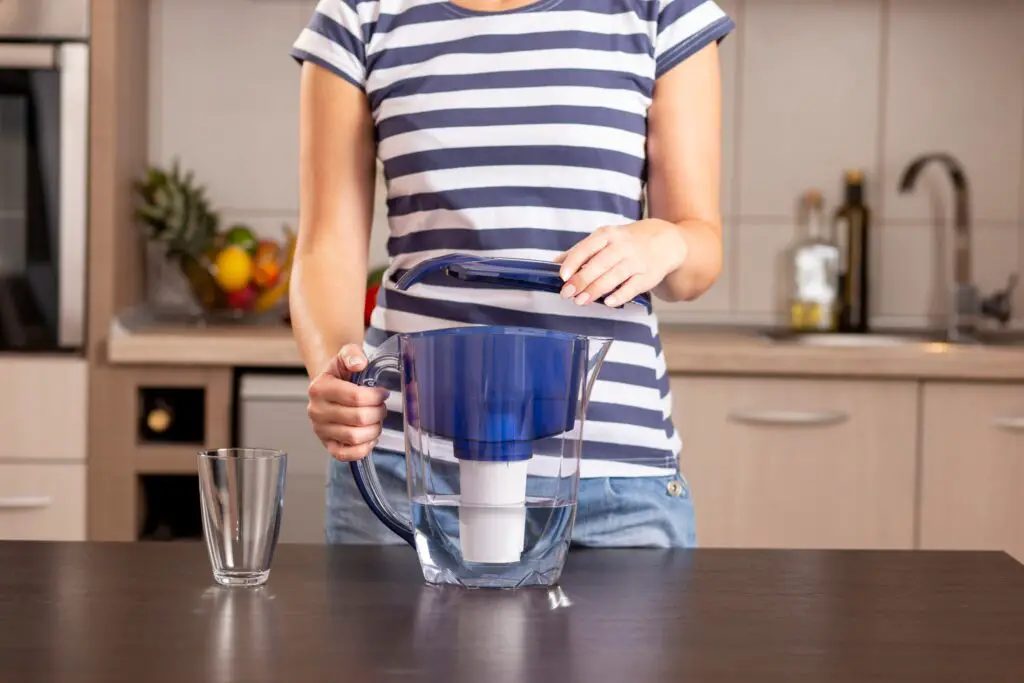
During emergencies, reusing water is crucial, as it helps maximize the available water supply and minimizes waste. By finding creative ways to reuse water, you can stretch your resources further and contribute to sustainable water conservation efforts.
One effective method of reusing water is to collect and repurpose greywater. Greywater refers to the water that comes from things such as sinks, showers, and washing machines that haven’t come into contact with fecal matter. Instead of allowing this water to go down the drain, it can be captured and used to do things like watering plants, cleaning, or flushing toilets. Properly filtering and treating greywater is essential to ensure it is safe to use and prevent any potential health risks.
Another way to reuse water is by collecting and storing rainwater, as mentioned earlier. Rainwater can be used for various non-potable purposes such as irrigation, car washing, or cleaning outdoor areas. By utilizing collected rainwater, you minimize the need for tap water, which is especially valuable during emergencies when the water supply may be limited.
Additionally, water used for rinsing fruits and vegetables or even cooking pasta can be reused. Instead of letting this water go down the drain, capture it in a container and use it while doing tasks like watering houseplants or gardens. This simple practice can significantly reduce water waste in the kitchen.
Furthermore, consider using leftover drinking water or unfinished glasses of water for other household needs. For instance, you can use it to fill pet water bowls, water indoor plants, or even clean household surfaces. By not letting usable water go to waste, you maximize its utility and minimize unnecessary consumption.
Remember to be mindful of the quality of water that is being reused and avoid using water that may contain contaminants or chemicals that could harm plants, animals, or surfaces.
If you want to reuse as much water as possible, get multiple water filters so you can turn used water into drinking water. If you don’t have any water filters, consider using alternative water-cleaning methods.
By incorporating water reuse practices into your daily routines, you actively contribute to water conservation efforts during emergencies. These simple actions help make the most of available water resources and reduce the strain on local water supplies.
Overall, there are many things that you can do to conserve water during emergencies. If you use multiple water-conserving methods, you will save a considerable amount of water over time.
